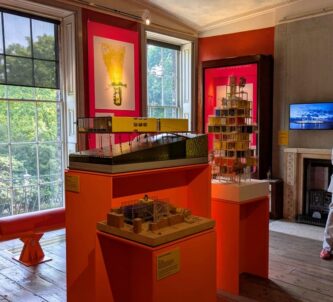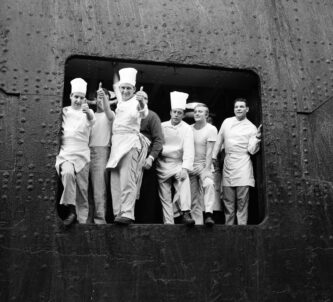The National Constitution Center in Philadelphia is opening a new permanent exhibit on 9th May 2019. It’ll be the first in America devoted to exploring the constitutional debates from the Civil War and Reconstruction.
Civil War and Reconstruction: The Battle for Freedom and Equality will feature key figures central to the era—from Abraham Lincoln and Frederick Douglass to John Bingham and Harriet Tubman, and will allow visitors of all ages to learn how the equality promised in the Declaration of Independence was finally inscribed in the Constitution by the 13th, 14th, and 15th Amendments, collectively known as the Reconstruction Amendments.
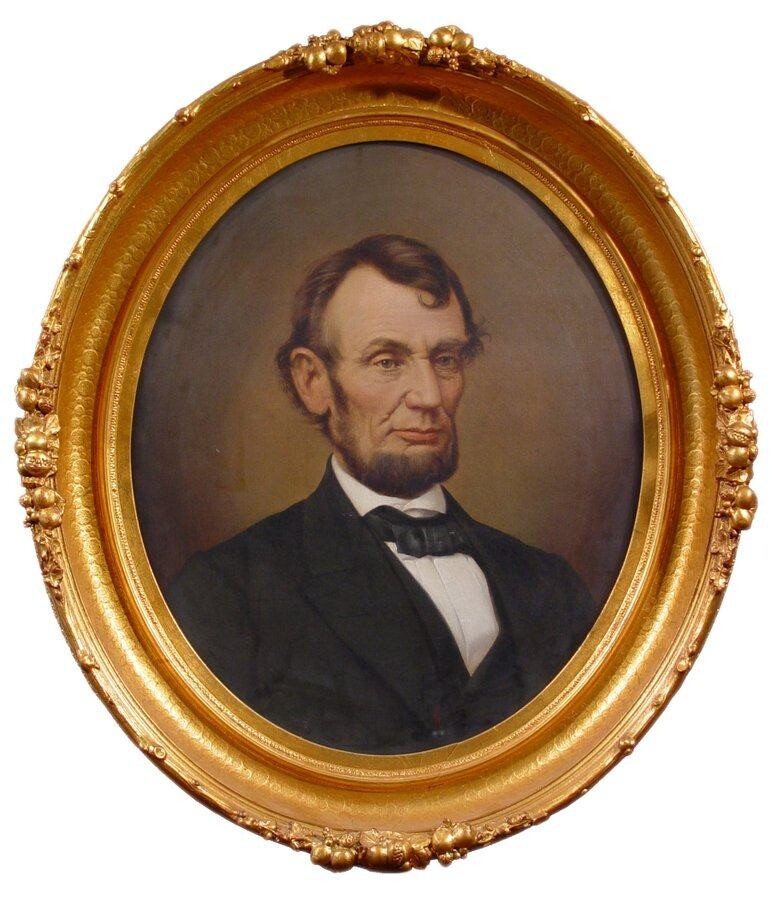
The 3,000-square-foot exhibit will feature over 100 artifacts, including original copies of the 13th, 14th, and 15th Amendments, Dred Scott’s signed petition for freedom, a pike purchased by John Brown for an armed raid to free enslaved people, a fragment of the flag that Abraham Lincoln raised at Independence Hall in 1861, and a ballot box marked “colored” from Virginia’s first statewide election that allowed black men to vote in 1867. The exhibit will also feature artifacts from the Civil War Museum of Philadelphia—one of the most significant Civil War collections in the country—housed at and on loan from the Gettysburg Foundation and The Union League of Philadelphia.
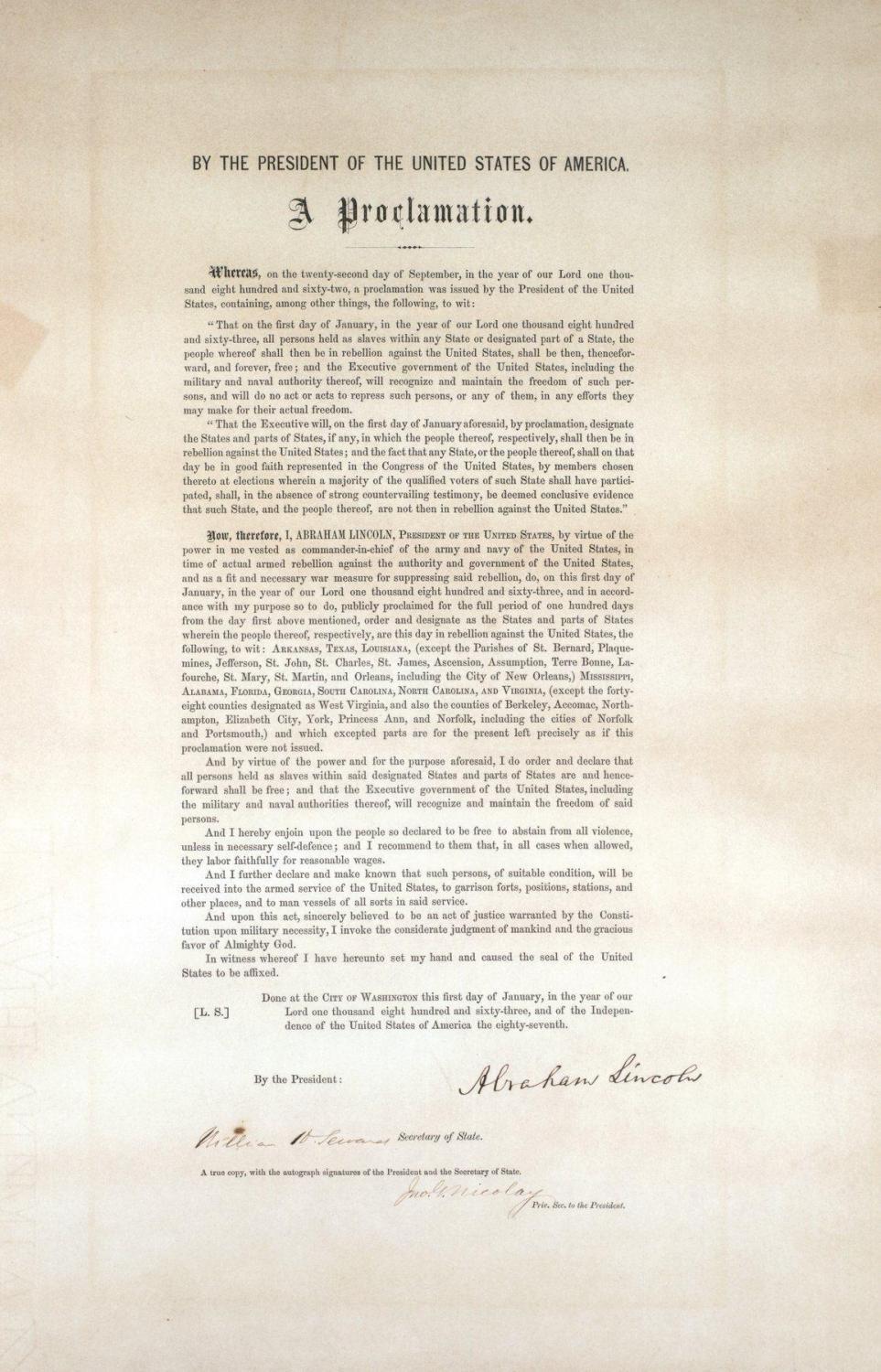
“The post-Civil War amendments that emerged during Reconstruction represent the most important changes to the Constitution since the adoption of the Bill of Rights,” said Jeffrey Rosen, president and CEO of the National Constitution Center. “The National Constitution Center is thrilled to open the first permanent gallery in America that will tell the story of how the freedom and equality promised in the Declaration of Independence was thwarted in the original Constitution, resurrected by Lincoln at Gettysburg, and, after the bloodiest war in American history, finally enshrined in the 13th, 14th, and 15th Amendments to the Constitution.”
Civil War and Reconstruction will be a permanent addition to the National Constitution Center’s main exhibit experience, which includes three signature attractions: The Story of We the People, the museum’s interactive main exhibit, which illuminates America’s constitutional history; Signers’ Hall, which allows visitors to walk among life-size bronze statues of the Founding Fathers; and Freedom Rising, a multimedia theatrical production that highlights the American quest for freedom. Located on the ground floor, this new permanent gallery will be adjacent to the American Treasures gallery, which features the five rarest original drafts of the Constitution. Together, these two exhibits will ensure that the most significant original documents from America’s founding and from the Reconstruction era—which some have called the Second Founding—can educate and inspire visitors in perpetuity.
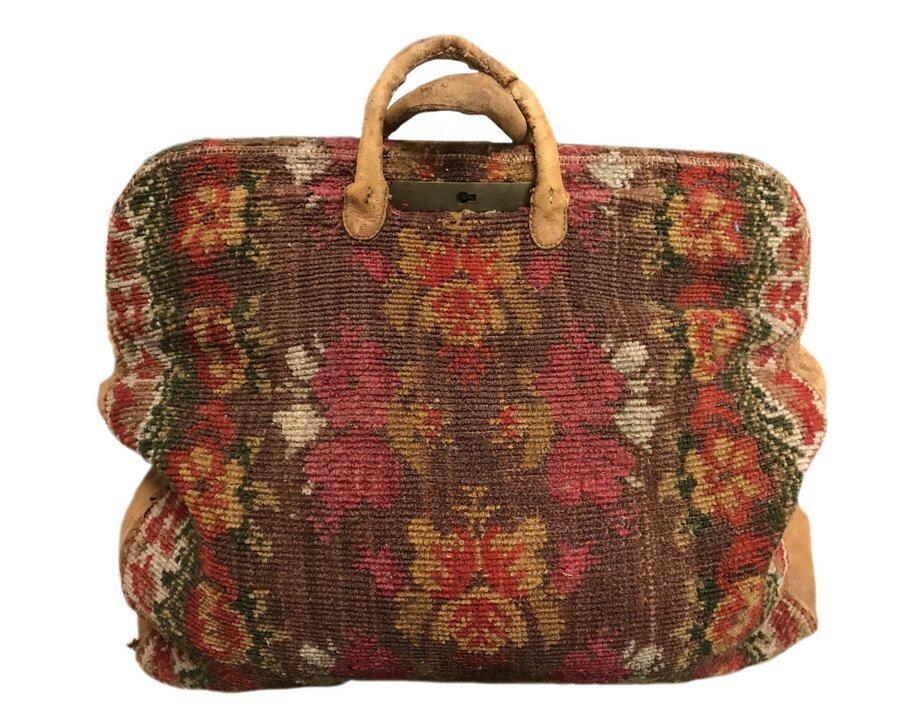
The list of Exhibition articles confirmed so far (more will be added) is pretty impressive…
- Dred Scott’s signed petition for freedom, 1846 (St. Louis Circuit Court, Missouri State Archives–St. Louis)
- One-cent token used to advertise a slave auction house in South Carolina, 1846 (Courtesy of Angelo Scarlato)
- Printing block depicting a runaway slave that was used for newspaper advertisements, early 1800s (Courtesy of Angelo Scarlato)
- Pike purchased by John Brown for his planned Harpers Ferry Raid, an armed raid to free enslaved people, 1857 (From the Collection of the Civil War Museum of Philadelphia on loan from Gettysburg Foundation)
- The Anti-Slavery Alphabet children’s book, 1847 (The Library Company of Philadelphia)
- First edition of Uncle Tom’s Cabin, 1852 (The Library Company of Philadelphia)
- Fragment of the flag that Abraham Lincoln raised at Independence Hall, 1861 (From the Collection of the Civil War Museum of Philadelphia on loan from Gettysburg Foundation)
- Major General George Meade’s sword and scabbard (From the Collection of the Civil War Museum of Philadelphia on loan from Gettysburg Foundation)
- Dress spurs worn by Major General George Meade (From the Collection of the Civil War Museum of Philadelphia on loan from Gettysburg Foundation)
- Major General John Reynolds’s sash that he was wearing when he was killed at Gettysburg in 1863 (From the Collection of the Civil War Museum of Philadelphia on loan from Gettysburg Foundation)
- Illustrated letter from a Civil War soldier complaining of the heavy loads they are required to carry, 1863 (Courtesy of The Civil War Museum of Philadelphia and The Abraham Lincoln Foundation of The Union League of Philadelphia)
- Portrait of Abraham Lincoln by David Bustill Bowser, an African-American artist, ca. 1864-1868 (From the Collection of the Civil War Museum of Philadelphia on loan from Gettysburg Foundation)
- Hymn Book for the Army and Navy, ca. 1860s (Courtesy of The Civil War Museum of Philadelphia and The Abraham Lincoln Foundation of The Union League of Philadelphia)
- “Housewife” sewing kit printed with the Emancipation Proclamation, 1864 (Courtesy of Angelo Scarlato)
- Commemorative copy of the Emancipation Proclamation signed by Lincoln, 1864 (On loan from The Galbraith Family 2012 Trust)
- Telegram sent to Jefferson Davis when Virginia voted to secede from the Union, 1861 (Louisiana Research Collection, Tulane University)
- Tin dressing kit used by a female volunteer at the Union Volunteer Refreshment Saloon and Hospital, ca. 1860s (From the Collection of the Civil War Museum of Philadelphia on loan from Gettysburg Foundation)
- Thaddeus Stevens’s cane, 1860-1868 (Loan courtesy of LancasterHistory.org, Lancaster, Pennsylvania)
- Ballot box for “colored” voters to use during the Virginia state elections in 1867 (Courtesy of the Library of Virginia)
- Carpetbag luggage likely used by a carpetbagger (nickname for Northerners who traveled south after the war in search of financial and political opportunities), ca. 1800s (The Abraham Lincoln Foundation of The Union League of Philadelphia)
- Letter from Representative John Bingham regarding the 14th Amendment, 1867 (Ohio History Connection)
- Ford’s Theatre playbill from the night Lincoln was assassinated, 1865 (From the Collection of the Civil War Museum of Philadelphia on loan from Gettysburg Foundation)
- Eyewitness accounts of the Lincoln assassination recorded in the Petersen House, 1865 (The Abraham Lincoln Foundation of The Union League of Philadelphia)
- Presidential pardon of a former Confederate who took part in the rebellion against the U.S., 1866 (Edward J. Gay Family Papers, Special Collections, LSU Libraries, Louisiana State University, Baton Rouge, LA)
- Note from Senator Charles Sumner declaring, “Equality of rights is the first of rights,” 1869 (The Gilder Lehrman Institute of American History, GLC02095.30)
- Final Report of Congress’s Joint Committee on Reconstruction, 1866 (The Library Company of Philadelphia)
- “The Death of Slavery” poem by William Cullen Bryant, ca. 1866 (The Gilder Lehrman Institute of American History, GLC01543.02)
- Telegraph enforcing the Reconstruction Act, 1867 (Brickell Papers, Special Collections, LSU Libraries, Louisiana State University, Baton Rouge, LA)
Photos: Courtesy of the National Constitution Center.


